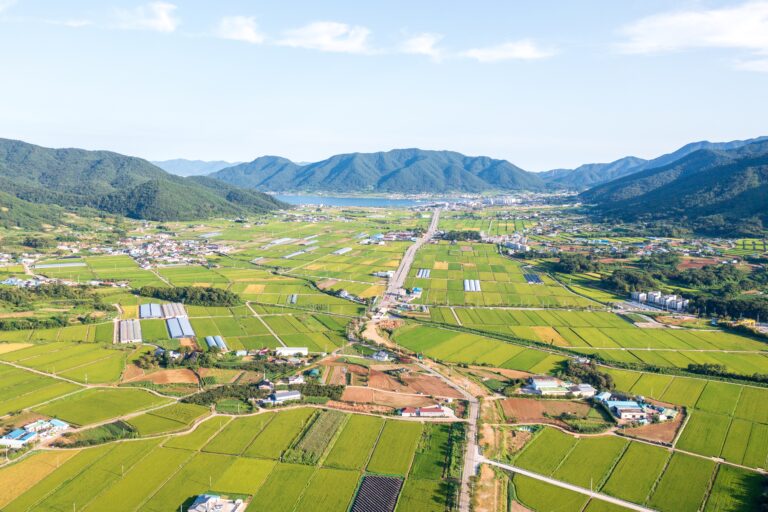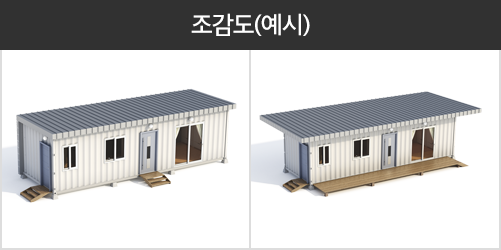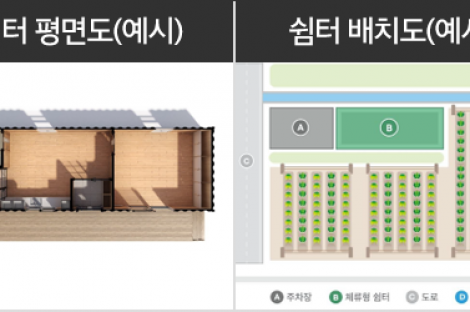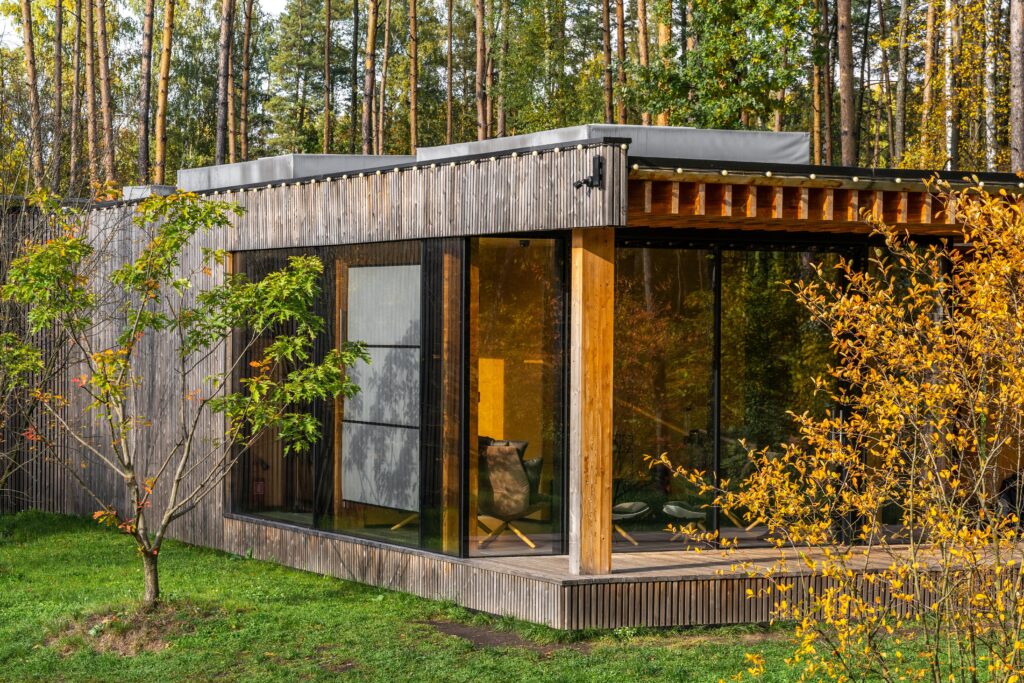For several years now, the laughter of children going to school has been absent from rural villages. The rural economy has been in ruins due to low birth rates, aging population, and neglect of farming, and it has become a common sight in rural areas.
The government and local governments are proposing numerous policies to revitalize the rural economy, but there are no clear results. In order to revitalize and rejuvenate rural areas, they are trying to create programs for returning to farming and rural areas and attract young people from the city to rural areas, but there are clear limitations due to the limited culture, education, income, and medical care.
If city dwellers stay in rural areas for even a few days rather than simply visiting them for a day tour or trip, they will engage in consumption activities in the rural areas during their stay, and such economic activities can be a means of overcoming the current crisis of rural areas on the verge of extinction and revitalizing the rural economy.

'4do 3nong' means that you can live in the city for 4 days a week and in the countryside for 3 days. However, there are many prerequisites that city dwellers must meet in order to stay in the countryside for a few days, but one of them is the cost of accommodation that is not too expensive. In an era of high prices, the cost of living is bound to be an important factor. However, the government recently announced a system that can solve this problem to some extent.
The government announced that it will implement the 'Rural Stay-Type Shelter' system by revising the Enforcement Decree and Enforcement Rules of the Farmland Act, starting in December 2024. Now, let's take a look at the key contents of the 'Rural Stay-Type Shelter'.
In rural areas, we can sometimes see facilities called “farm huts.” These “farm huts” are literally facilities for farming, where people can take a short break or store equipment needed for farming. However, since these “farm huts” cannot legally be equipped with facilities such as electricity or water supply and sewage, it is quite inconvenient for people to stay there for even one day or one night.
To put it simply, the 'rural shelter type' is a system that allows the legal installation of living facilities in 'shelters', which were previously considered illegal, by installing electricity, water and sewage systems, purification facilities, and parking spaces, making them residential spaces where people can sleep and live.
Even if there is no existing shelter, the owner of farmland (land designation: field, paddy, or crop) can create a 'shelter' with a floor area of 33㎡ or less on his/her farmland, including a living space (bedroom, kitchen, bathroom, etc.), and can also install eaves and decks to block rain and a parking lot of a size less than that prescribed by law. In other words, it is comparable to a small-scale country house.


Example of a perspective drawing of a rural shelter announced by the Ministry of Agriculture, Food and Rural Affairs
There are several conditions for the establishment of a 'rural shelter'. Even if one person owns multiple farmlands in different regions, one 'shelter' can only be established in one of them. The size of the farmland for farming must be at least twice the combined area of the 'shelter' and its ancillary facilities. The law stipulates that the owner must engage in farming activities.
In addition, various living convenience facilities must be installed in accordance with relevant laws and local government ordinances, and even if there is no road on the cadastral map, it must be a current road (farm road, covered road) that does not cause inconvenience to the passage of fire trucks or ambulances, and the period of use of 'shelters' is not permanent and can be used for up to 12 years.
On the other hand, the installation of a 'shelter' can be done by simply reporting it, and is classified as non-residential, so it is exempt from transfer tax or comprehensive real estate tax, but must pay 100,000 won in acquisition tax and 10,000 won in property tax. If a 'shelter' is installed on farmland owned by another person, a land use permit must be obtained from the owner.
On the one hand, the 'rural shelter' system is expected to revitalize the previously stagnant rural land transaction market by making urban residents more interested in and influencing agricultural land transactions in rural areas, and to also act as a catalyst for businesses such as modular housing and solar power that can be used as 'shelters'.





